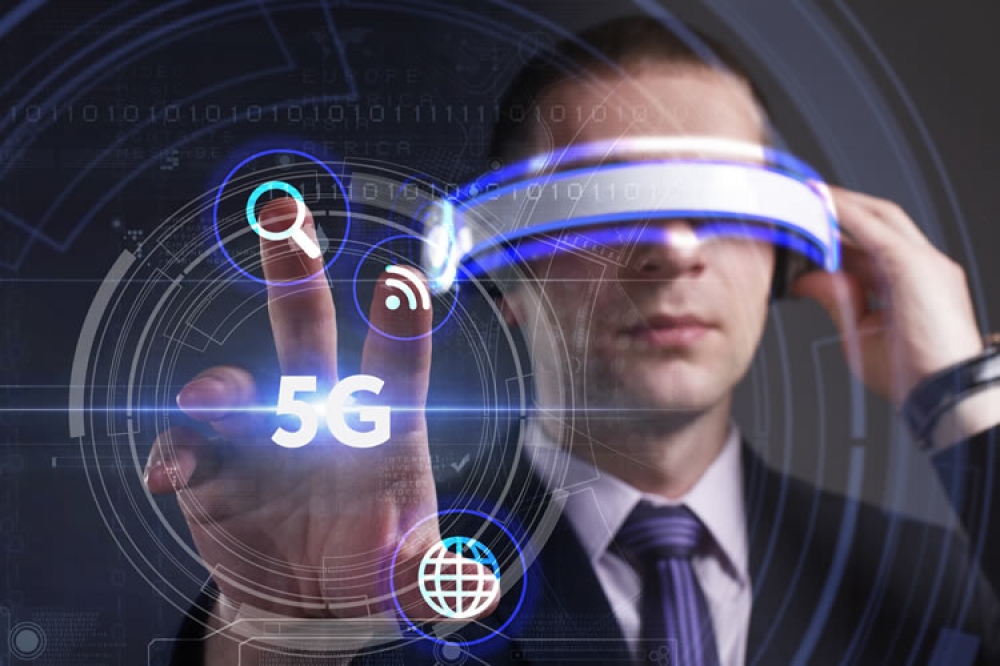Why will 5G change the landscape of VR and AR development?
Priority for the first 5G NR standards centered around eMBB (Enhanced Mobile Broadband), providing improved download and upload speeds, as well as moderately lower latency compared to 4G LTE. While eMBB specifications in 5G NR are beneficial for all rich media applications -- such as mobile augmented reality and virtual reality, as well as 4K and 360° video streaming -- the biggest benefits of 5G for VR and AR are not yet fully realized.
URLLC, or Ultra Reliable Low-Latency Communications are a 5G NR component standard anticipated for formal publication by the 3GPP -- the standards body responsible for 5G NR -- in Release 16, scheduled for mid-2020. URLLC is designed for mission-critical latency-sensitive cases, including self-driving cars/autonomous vehicles and robot-enabled remote surgery. URLLC targets 1ms latency. For comparison, latency on LTE networks is 48.6ms on AT&T, 51.6ms on T-Mobile, 54.0ms on Verizon, and 55.1ms on Sprint, according to Opensignal's July 2019 Mobile Network Experience report for the US. (Carriers in the UK were slightly faster, with EE leading the pack at 37.9ms, while Vodafone leads in Australia at 31.7ms, according to Opensignal.)
While average latencies on 5G are likely to be modestly higher than the specification standards provide (1ms should be considered a best-case scenario measurement), there is ample room for 5G URLLC to improve on latency speeds. For example, for users of VR headsets, high latencies between action and response -- particularly for head movements -- can result in motion sickness. Overcoming this allows AR and VR to be used more widely, and potentially for longer durations before users would need to take a break.
How does 5G impact the availability of augmented and virtual reality applications?
Deployment of 5G mobile networks is currently in its early stages and faces significant obstacles to practical use in smartphone contexts, upon which AR and VR applications add complexity. First, not all 5G networks are equivalent. While deployments in Asia rely on sub-6 GHz radio frequencies, most 5G networks in the US are millimeter-wave (mmWave) networks.
mmWave radio frequencies provide faster data speeds, but are inherently line-of-sight, making it likely that users will lose access if they encounter obstructions such as large buildings, when moving. This can limit the practicality of AR applications in urban environments.
5G would allow for higher flexibility in use cases. AR is commonly used on smartphones or tablets in museums to present additional content for exhibits, or for interior design, allowing shoppers to virtually place furniture in a room to see how it matches. With 5G, the ability to use AR in live, outdoor environments away from reliable wi-fi signals can influence the types of interactions and integrations that developers can build.
What needs to change in 5G for AR and VR applications to be successful?
Perhaps the biggest issue in existing 4G LTE deployments is the cost of data: in the US, mobile plans touted as 'unlimited' are typically throttled after 22GB. While this is not an encumbrance for deep-pocketed enterprises, attempting to deliver an AR/VR experience directly to consumers could be frustrated by these limitations.
"Unless [mobile network operators] are offering a truly unlimited service at a decent cost, then all 5G will be is a faster way to reach your data cap on mobile," Will Burns, executive director at Perpetual Studios and former vice chair of the IEEE Virtual World standards group, told ZDNet. If typical mobile contracts are not made more permissive to allow for more data consumption, "VR and AR serve as a faster way to rack up overage charges or max your data plan. It isn't helping the VR and AR industry for wider adoption. If anything, it will stigmatize it as an expensive toy for rich kids -- the exact opposite of what the industry wants or needs."
Source: https://www.zdnet.com/article/how-5g-will-affect-augmented-reality-and-virtual-reality/

